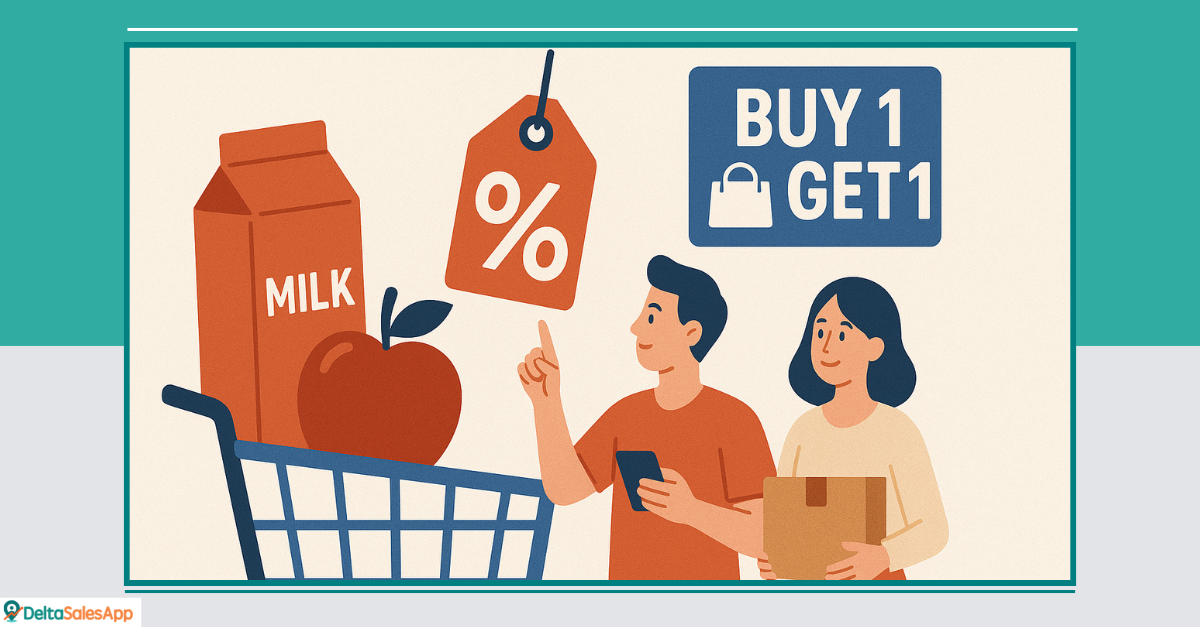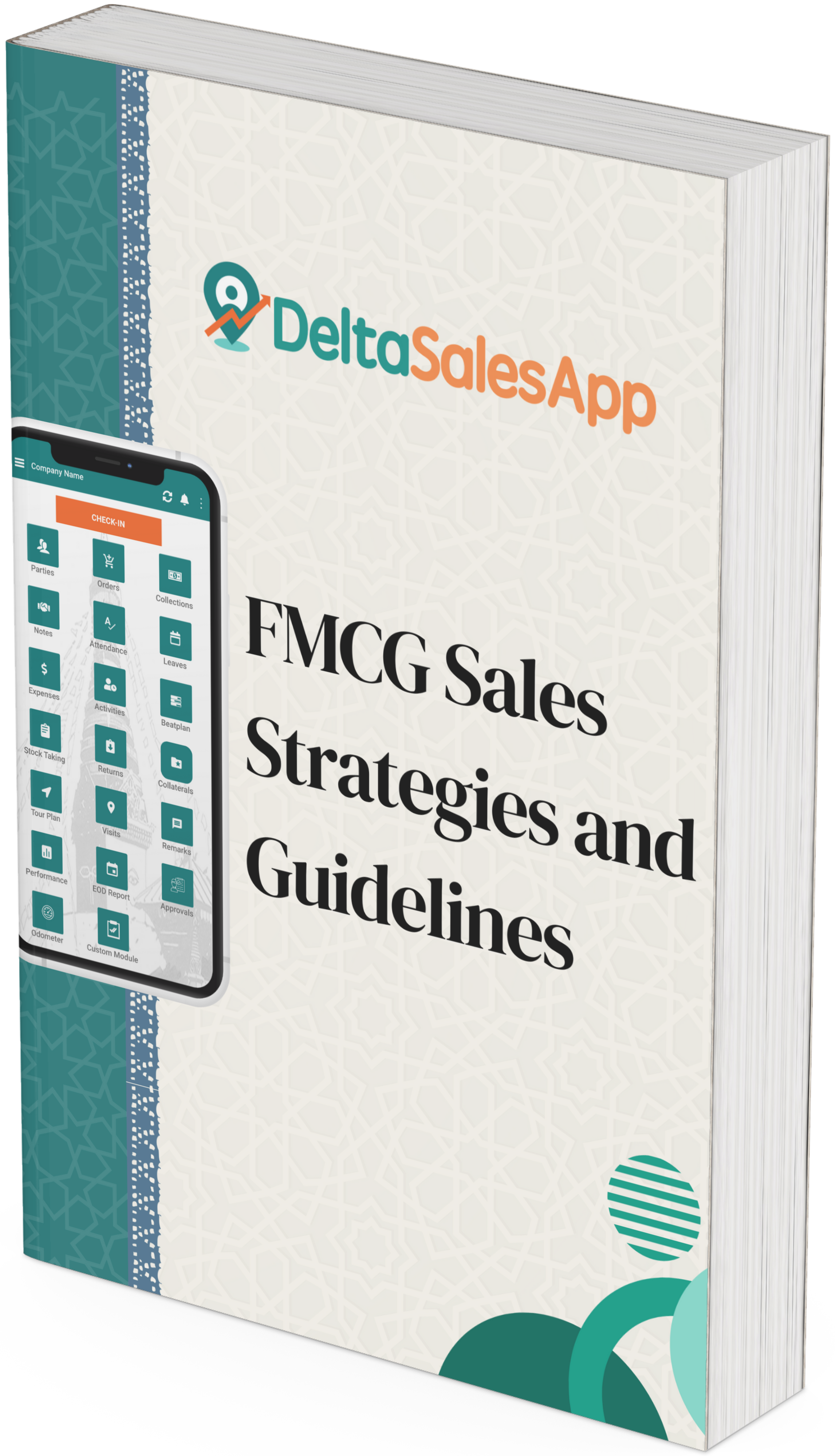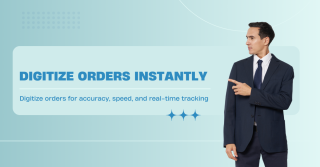How Cross Promotion in Retail Drives Sales and Visibility?

In a retail environment packed with competing products and promotional noise, brands are constantly seeking fresh ways to stand out. One powerful and often underused tactic is cross-promotion in retail—a strategic partnership between two non-competing brands to co-market products and boost visibility. This strategy not only captures consumer attention but also opens the door to new markets and revenue streams.
Whether you’ve noticed unlikely pairings like spicy snacks infused with popular hot sauces or unique flavor collaborations in beverages, these are all examples of how brand partnerships can generate buzz and give field teams new ways to make an impact on the shelf.
🔍 What is Cross Promotion in Retail?
At its core, this marketing approach brings two brands together to create or promote a combined product offering. These collaborations are more than just novelties—they’re crafted to engage loyal customers while introducing them to something fresh.
By leveraging mutual brand equity, companies can:
Tap into a wider customer base
Build excitement with limited-edition offerings
Strengthen brand recall and recognition
Drive impulse purchases through in-store discovery
In today’s competitive retail space, execution matters as much as creativity. Retail teams benefit from using a territory management platform to ensure proper coverage and coordination across multiple store locations.
✅ Why Cross-Promotional Strategies Work?
These campaigns succeed for several key reasons:
1. Shared Audiences, Shared Impact
When two products appeal to similar demographics, their combined marketing efforts feel organic. Even when audiences differ slightly, brands can benefit by identifying overlapping interests, like adults who enjoy snacks typically marketed to kids.
2. Licensing & Innovation Opportunities
Cross-branding opens the door to licensing deals and product testing. It’s a chance to explore bold, seasonal concepts without long-term commitments while maintaining a sense of freshness in product lines.
Teams on the ground can track consumer reactions, placement accuracy, and stock levels more effectively with a mobile CRM solution, ensuring consistent execution throughout the campaign.
3. Mutual Marketing Strength
With shared campaigns, both brands benefit from extended reach across social media, digital ads, influencer support, and in-store visibility—at a lower cost than going solo.
🧩 What Makes a Retail Partnership Work?
For a brand collaboration to truly succeed, execution is just as important as the idea itself.
1. Brand Synergy
A good fit between brands is key. Even if the products are different, the tone, audience, and values should align. From packaging design to messaging, everything should feel cohesive and intentional.
2. Strong In-Store Execution
Retail activation is the moment of truth. Sales teams need to understand how to merchandise collaborative items effectively, such as:
Placing products near related categories, like drinks or party supplies
Using eye-level shelving to increase visibility
Highlighting limited-time offers or occasion-based promotions
Using tools like a retail promotion management app, teams can validate shelf placement, track compliance, and adjust execution strategies in real time.
3. Real-Time Data & Feedback
Tracking performance matters. Sales data, customer feedback, and in-store audits help teams understand what’s working and what isn’t. Engagement and awareness gains are just as important as short-term sales numbers.
🧨 Retail Collaboration in Action
One standout partnership involved a fiery condiment brand and a well-loved snack cracker. Their goal? Appeal to adults who still love a childhood snack. Together, they launched a limited-time spicy twist with clever branding that:
Created online buzz
Resonated with grocery decision-makers
Reimagined a classic product for a new audience
However, execution needed improvement. The product was placed on lower shelves, missing the eye-level range of its adult target market. Positioning near beer or summer-themed aisles would’ve enhanced its appeal.
📋 Best Practices for Retail Teams
Here’s how retail teams can bring these campaigns to life:
✔ Focus on Placement
Position near complementary items like beverages, not just in the snack aisle
✔ Tell a Visual Story
Use signage and displays to explain the collaboration
✔ Train the Team
Make sure staff understand campaign goals and target buyers
✔ Monitor & Adapt
Use field feedback and performance data to optimize shelf presence
🏁 Conclusion
This strategy is more than just a seasonal gimmick—it’s a smart way to build brand value and grow market share. As shoppers become more experience-driven, collaborative campaigns will play a bigger role in shaping in-store decisions.
For brands willing to innovate and execute with precision, cross-promotion in retail offers a powerful path to increased visibility, stronger connections, and measurable results.
❓ Frequently Asked Questions
Q1. What is cross-promotion in retail?
A: Cross-promotion in retail involves two or more non-competing brands collaborating to promote a combined product or campaign. These partnerships aim to boost visibility, share marketing efforts, and attract overlapping customer segments with creative, often limited-edition, offerings.
Q2. Why do cross-promotional campaigns work so well?
A: These campaigns work because they leverage mutual brand equity, access shared audiences, and create a sense of novelty. When executed well, they increase consumer engagement, boost impulse purchases, and provide measurable results at a lower cost compared to standalone promotions.
Q3. What tools can help manage cross-brand retail campaigns?
A: Field teams can benefit from tools like a retail promotion management app, mobile CRM solution, or territory management platform to coordinate store visits, validate display setups, monitor stock levels, and gather real-time performance feedback. These tools streamline execution and improve collaboration between sales and marketing teams.
Q4. What are some key considerations when selecting a retail partner?
A: Brands should look for alignment in values, audience demographics, and messaging tone. Packaging and branding should feel cohesive, and both parties must commit to high execution standards across marketing, distribution, and in-store visibility.
Q5. How can field teams ensure effective in-store execution of cross-promotions?
A: Clear training, effective merchandising, and continuous tracking are essential. Using real-time insights from field tools, reps can adjust product placement, confirm promotional displays, and report issues quickly—maximizing the campaign’s impact where it matters most: on the shelf.
🔍 Also Check
👉Top 6 Trade Promotion KPIs to Maximize Store Success
👉Why Most Promotions Fail to Have an Impact on Sales?
🌟See What Users Say About Us!
Delta Sales App, trusted by businesses for streamlining sales processes and boosting productivity, is highly rated on top review platforms.
See what real users have to say about us:









